| Structure | Name/CAS No. | Articles |
|---|---|---|
 |
sodium chloride
CAS:7647-14-5 |
|
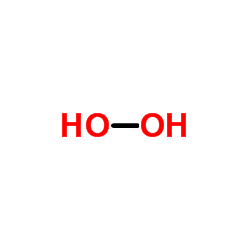 |
Hydrogen peroxide
CAS:7722-84-1 |
|
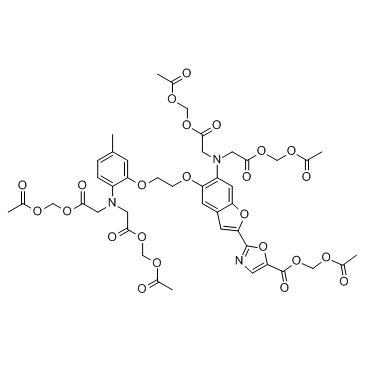 |
Fura-2, AM
CAS:108964-32-5 |
|
 |
DPPH
CAS:1898-66-4 |
|
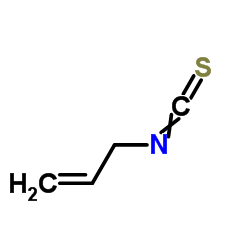 |
Allyl isothiocyanate
CAS:57-06-7 |
|
 |
Gallic acid
CAS:149-91-7 |
|
 |
Myricitrin
CAS:17912-87-7 |
|
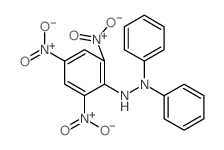 |
1,1-DIPHENYL-2-PICRYLHYDRAZINE
CAS:1707-75-1 |
|
 |
SODIUM CHLORIDE-35 CL
CAS:20510-55-8 |
|
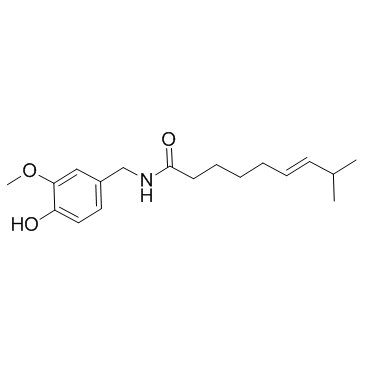 |
capsaicin
CAS:404-86-4 |